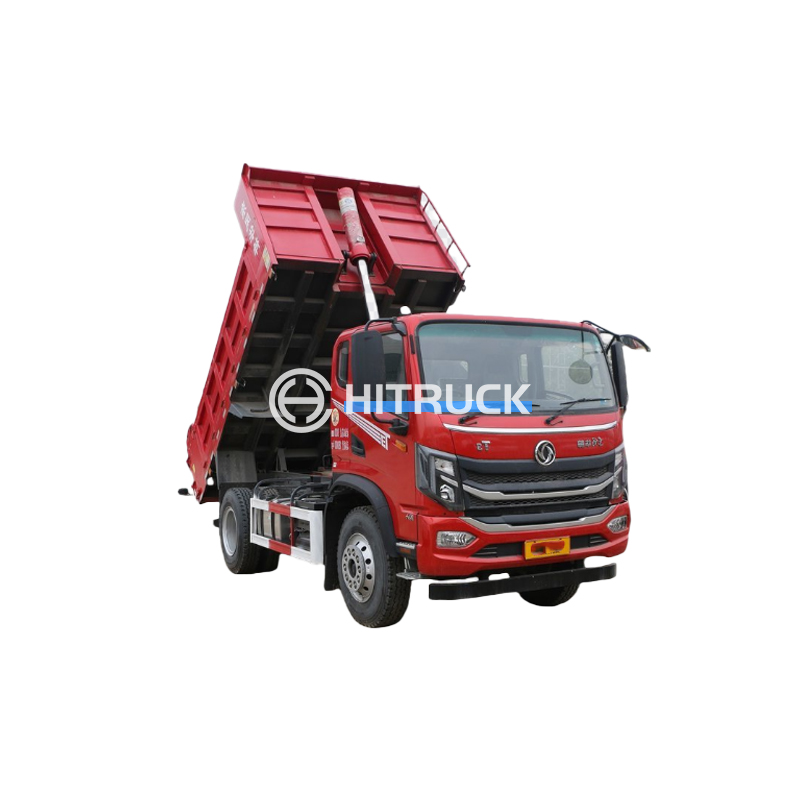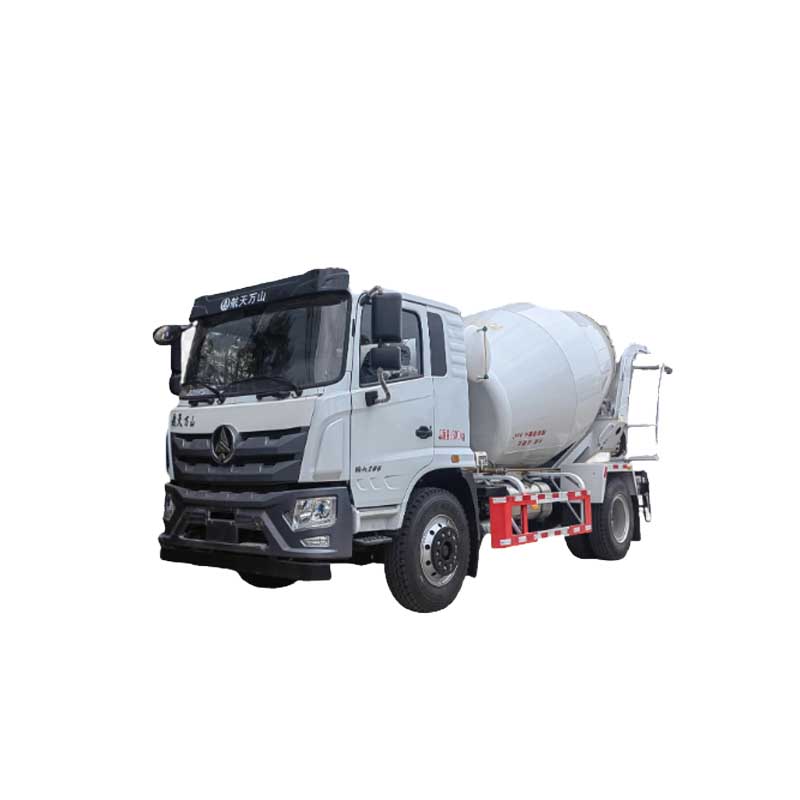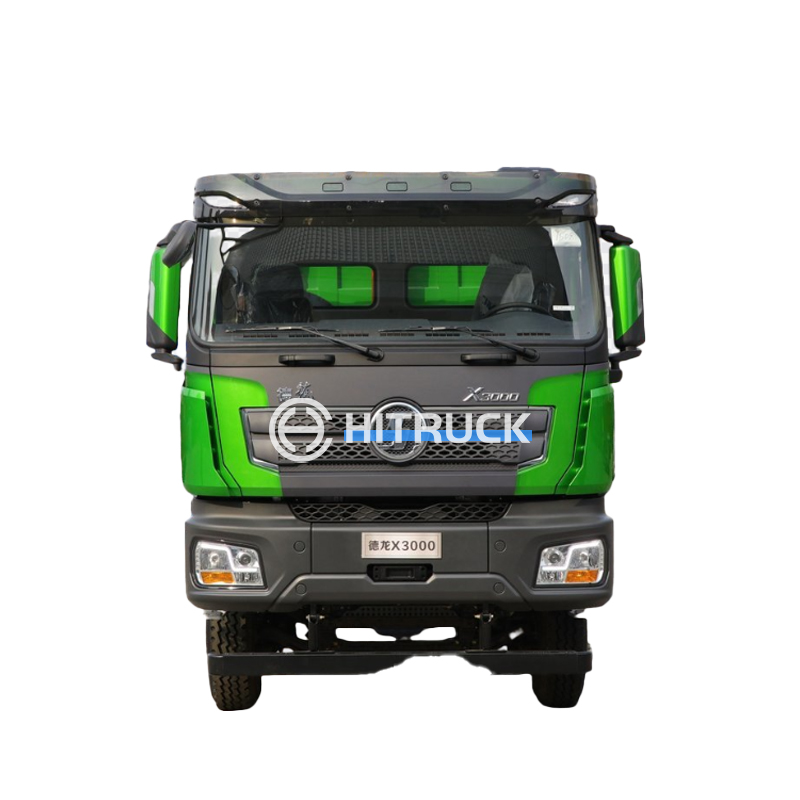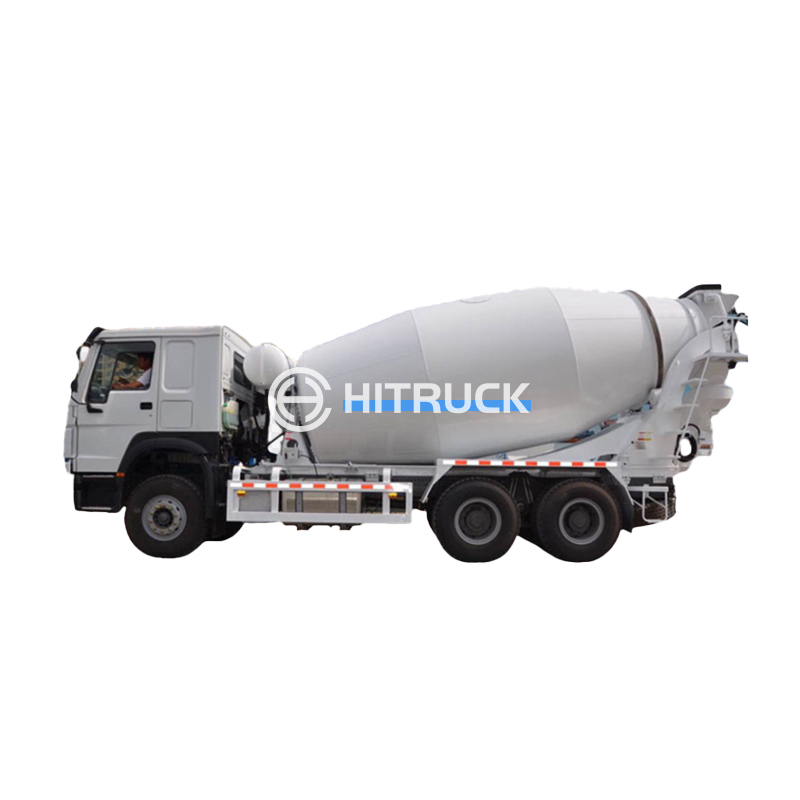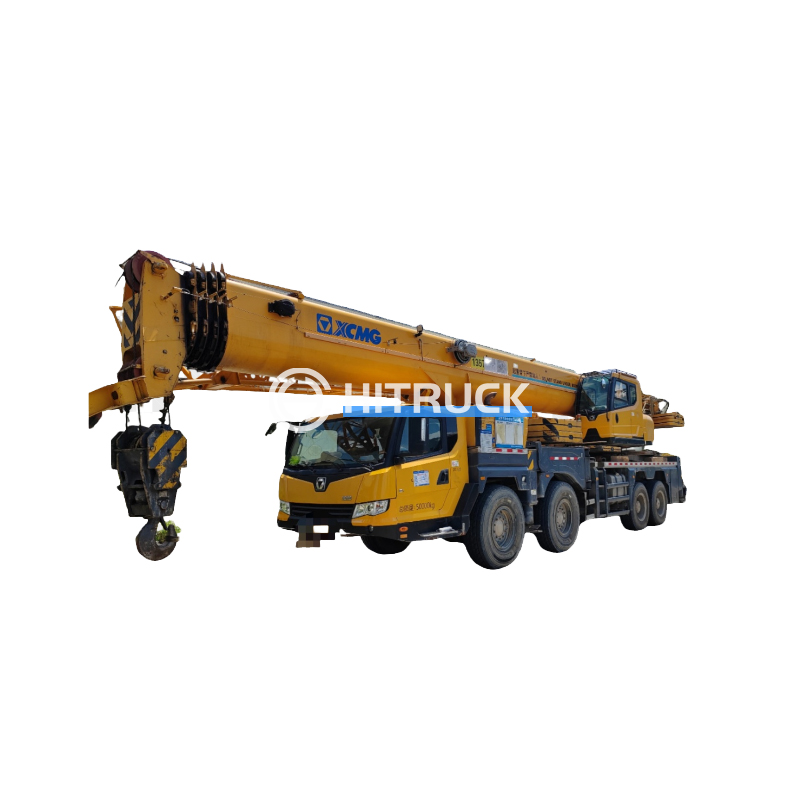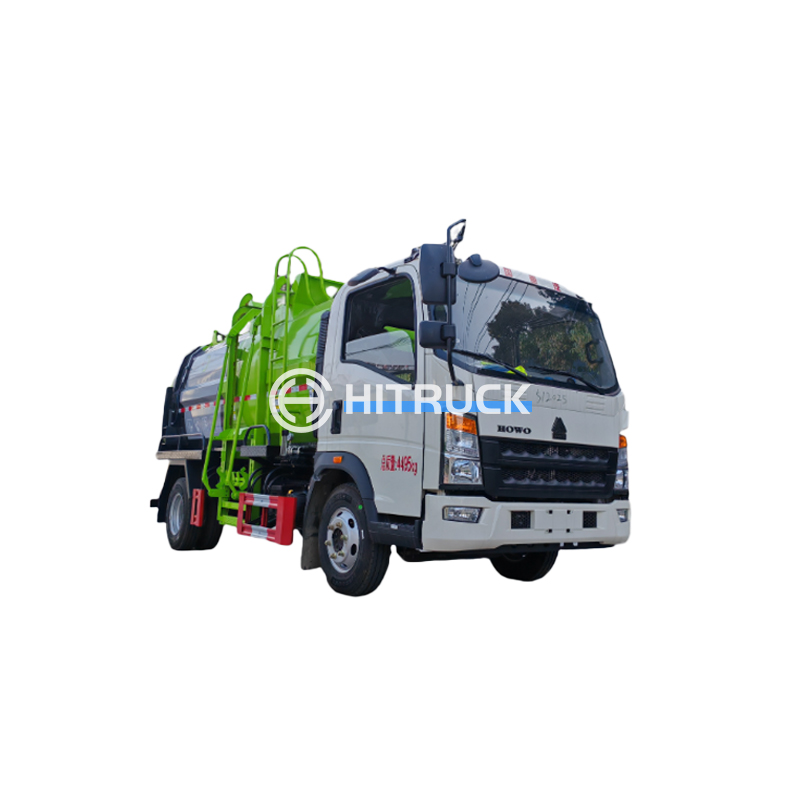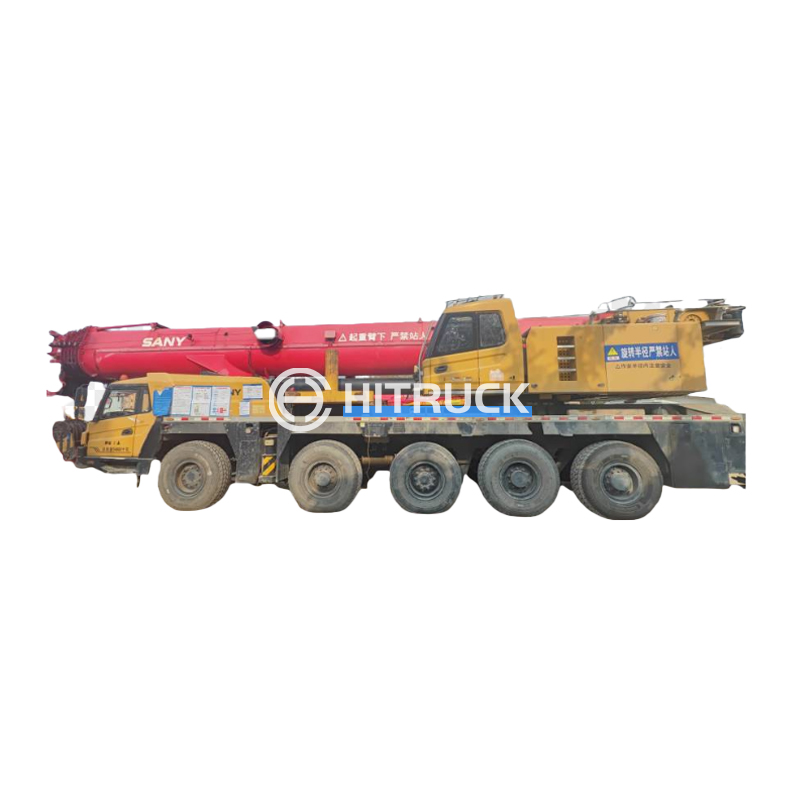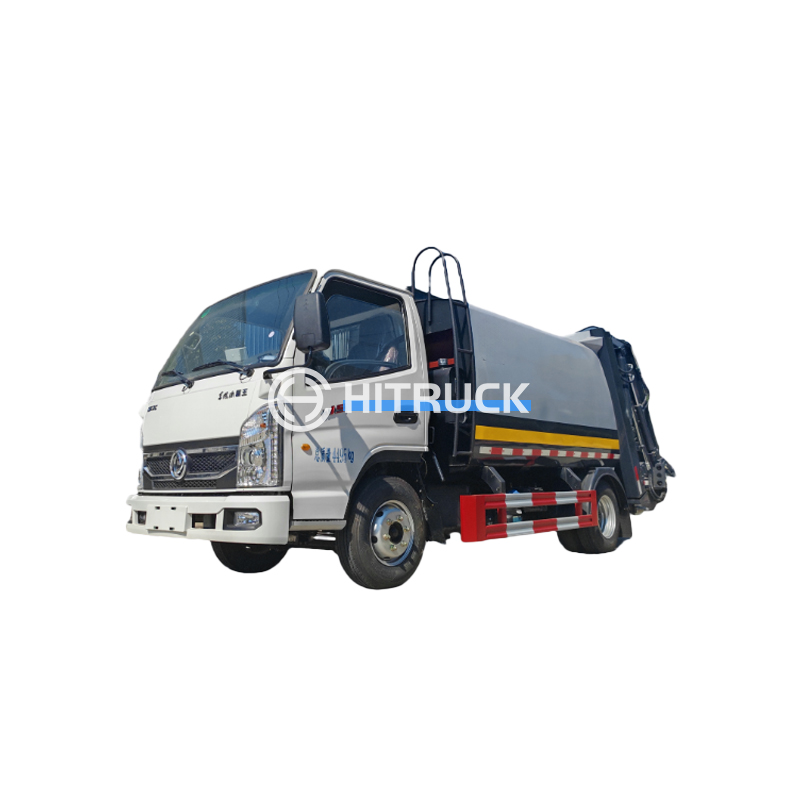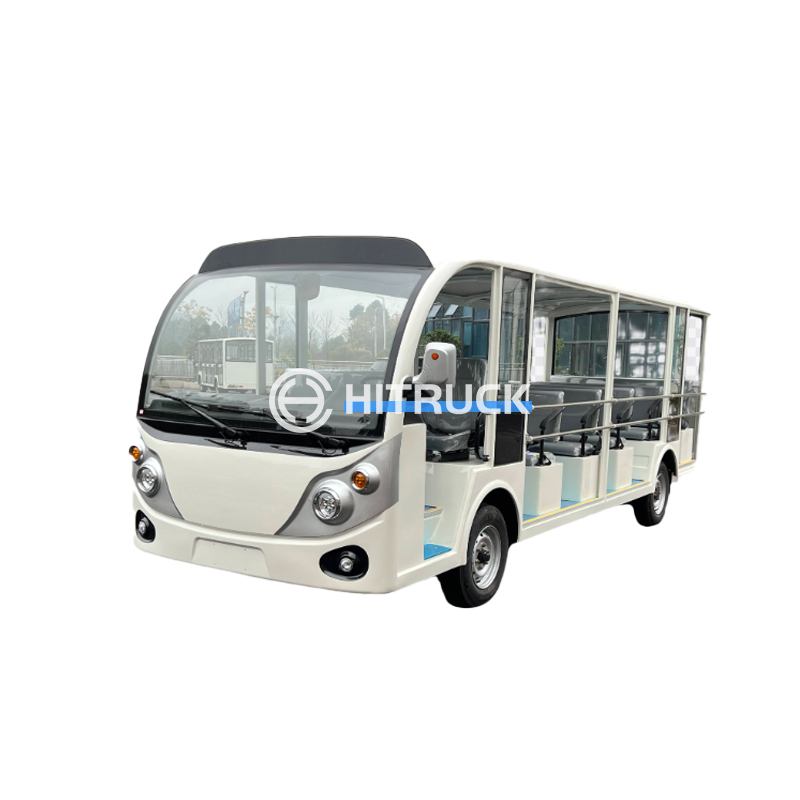This guide provides a detailed overview of industrial overhead cranes, covering their types, applications, safety considerations, and maintenance. Learn about the different crane systems, selection criteria, and best practices for ensuring efficient and safe operation. Discover how to optimize your material handling processes with the right industrial overhead crane for your needs. We'll also explore factors to consider when choosing a supplier, emphasizing reliable performance and long-term value.
Overhead traveling cranes, often referred to as bridge cranes, are the most common type of industrial overhead crane. They consist of a bridge structure spanning the work area, with a trolley moving along the bridge to position the load. These cranes offer a wide range of lifting capacities and span lengths, making them suitable for diverse applications. Different drive mechanisms (e.g., electric chain hoist, wire rope hoist) provide flexibility in terms of speed and lifting capacity. For extremely heavy loads, consider double-girder overhead cranes for increased stability.
Gantry cranes are similar to overhead traveling cranes, but their bridge structure runs on legs that rest on the ground, rather than being supported by runways attached to the building structure. This makes them ideal for outdoor use or situations where overhead mounting is not feasible. They are often used in shipyards, construction sites, and other open-air environments.
Jib cranes are simpler and smaller than overhead traveling or gantry cranes. They consist of a jib arm mounted on a vertical mast. They're suitable for lighter lifting tasks and are frequently found in workshops or factories where space is limited. The radius of operation is limited by the length of the jib arm.
Selecting the right industrial overhead crane involves careful consideration of several factors:
Regular inspections and maintenance are crucial for ensuring the safety and longevity of your industrial overhead crane. A well-maintained crane minimizes the risk of accidents and maximizes operational efficiency. Comply with all relevant safety regulations and standards, and train operators thoroughly. Regular lubrication, component checks, and load testing are essential maintenance procedures. Consider investing in preventative maintenance programs to avoid costly repairs and downtime.
When choosing a supplier, look for companies with a proven track record, experienced technicians, and a commitment to safety. Reputable suppliers provide comprehensive support, including installation, training, and ongoing maintenance services. Consider contacting multiple suppliers to compare offerings and ensure you choose the best solution for your needs. For high-quality industrial overhead cranes and excellent service, consider contacting Suizhou Haicang Automobile sales Co., LTD for superior solutions.
| Crane Type | Lifting Capacity | Span | Applications |
|---|---|---|---|
| Overhead Traveling Crane | High (up to hundreds of tons) | Wide range | Warehouses, factories |
| Gantry Crane | High | Wide range | Outdoor use, construction |
| Jib Crane | Lower | Limited | Workshops, smaller spaces |
This information is for general guidance only. Always consult with qualified professionals for specific application requirements and safety procedures.


